Cats, often misunderstood as aloof and independent, can form deep emotional bonds with their human companions. While all cats can experience separation anxiety, certain breeds are particularly prone to it. Understanding these breeds’ unique needs can help cat owners provide a nurturing and supportive environment. In this article, we will explore five cat breeds known for their susceptibility to separation anxiety and offer tips on how to help them cope.
Siamese Cats
Siamese cats are renowned for their striking looks and vocal personalities. These cats thrive on interaction and often form strong attachments to their owners. When left alone, Siamese cats may express their distress through loud, mournful meows or by engaging in destructive behavior. It’s as if they’re trying to fill the void created by their human’s absence. To mitigate anxiety, consider introducing a second pet for companionship or providing a variety of interactive toys that can keep them engaged.
Ragdoll Cats
Ragdolls are the gentle giants of the feline world. Their calm and affectionate nature makes them a favorite among cat lovers, but it also means they can struggle with being alone. Ragdolls often follow their owners around the house, seeking constant companionship. When left alone, these cats may become anxious and exhibit signs of stress, such as over-grooming or loss of appetite. Creating a cozy, familiar space with their favorite toys and blankets can help ease their anxiety.
Burmese Cats
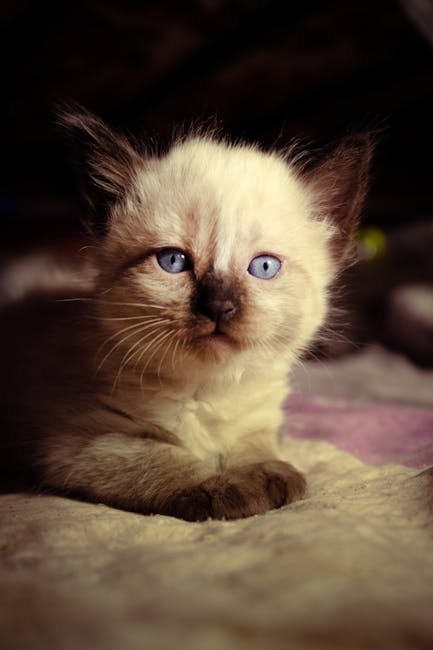
Burmese cats are known for their playful and friendly demeanor. They enjoy being the center of attention and are often described as “dog-like” in their loyalty. However, this attachment can lead to separation anxiety when they are left alone. These cats may become restless and bored, leading to destructive behaviors. To keep them occupied, provide stimulating toys and engage in regular play sessions. Leaving a piece of your clothing with your scent can also offer comfort.
Abyssinian Cats
Abyssinians are energetic and curious cats that love to explore their surroundings. They are highly social and enjoy being involved in every aspect of their owner’s life. When left alone, Abyssinians may become anxious and resort to mischief or climbing to relieve their stress. Providing a cat tree or climbing shelves can offer an outlet for their energy, while interactive toys can keep them mentally stimulated.
Scottish Fold Cats
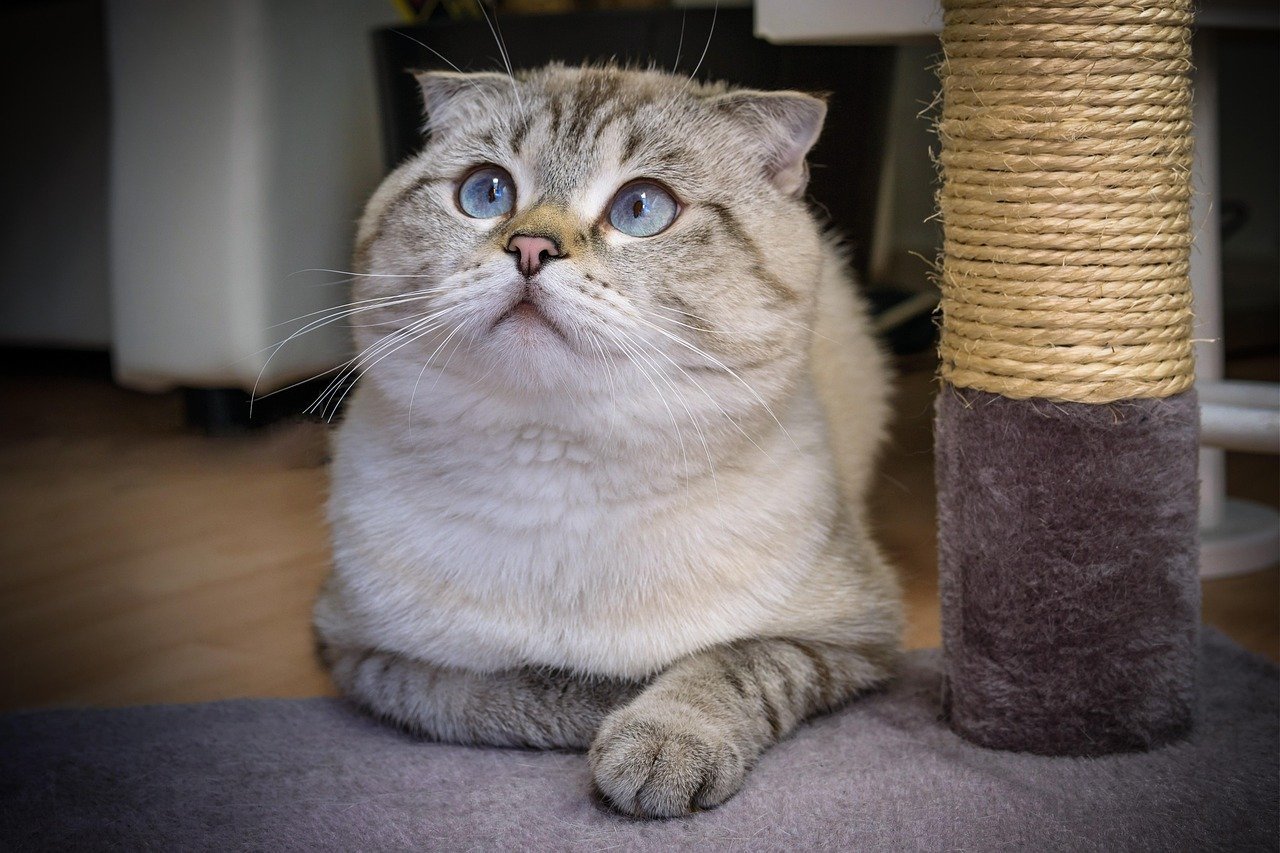
Scottish Folds, with their unique folded ears and sweet disposition, are beloved by many. These affectionate cats crave attention and can become quite attached to their human companions. When left alone, Scottish Folds may exhibit signs of separation anxiety, such as excessive grooming or vocalization. To help alleviate their anxiety, establish a consistent routine and provide engaging toys to keep them occupied. A predictable daily schedule can offer a sense of security.
Understanding Separation Anxiety in Cats
Separation anxiety in cats is a condition characterized by distress when left alone. It is more common in breeds that are naturally social and affectionate. Recognizing the signs of separation anxiety is crucial for cat owners. These may include excessive meowing, destructive behavior, or changes in eating habits. Early intervention can prevent the escalation of anxiety and promote a healthier, happier pet.
Signs of Separation Anxiety
Cats with separation anxiety often display behaviors that signal their distress. These can range from excessive vocalization and inappropriate elimination to destructive scratching. Some cats may become clingy, shadowing their owner’s every move. Being mindful of these behaviors can help cat owners address the issue before it worsens. Early detection allows for timely interventions that can help manage the anxiety effectively.
Tips for Managing Separation Anxiety
Managing separation anxiety in cats involves creating a nurturing and supportive environment. Key strategies include providing interactive toys that mimic hunting behaviors, establishing a routine, and gradually increasing the time spent away from the cat. Calming products, such as pheromone diffusers, can also provide comfort. By addressing the root of the anxiety, owners can create a more harmonious living situation for both themselves and their feline friends.
The Importance of Routine
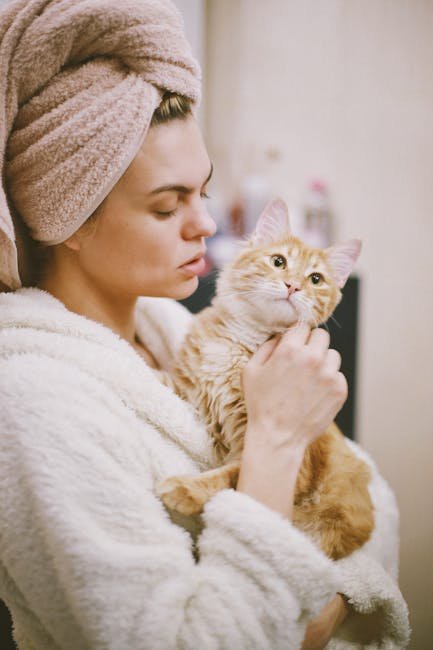
Routine is a cornerstone of a cat’s well-being, particularly for those prone to separation anxiety. Cats, much like humans, thrive on predictability. Knowing when to expect feeding, playtime, and grooming can provide a sense of stability. Establishing a consistent routine helps reduce anxiety by providing structure to the cat’s day, making the absence of their owner less stressful.
The Role of Environmental Enrichment

Environmental enrichment is essential for keeping cats mentally stimulated and preventing boredom. This can include providing scratching posts, climbing structures, and a variety of interactive toys. Regularly rotating these toys can prevent the cat from becoming bored and help maintain their interest. A stimulating environment encourages exploration and play, which can significantly reduce feelings of anxiety.
The Benefits of Companionship
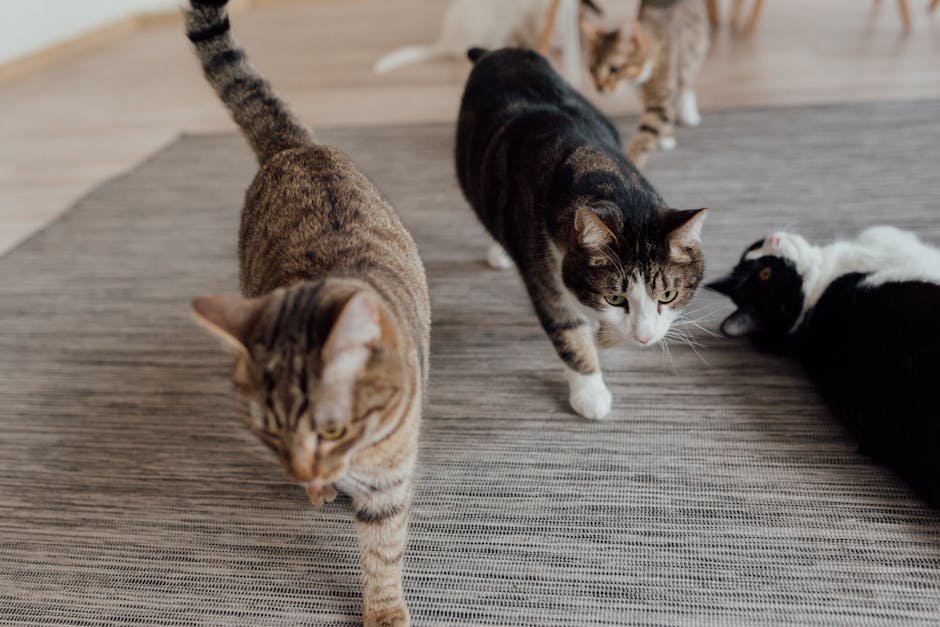
For some cats, the presence of a companion can greatly alleviate separation anxiety. Adopting a second cat can offer social interaction and comfort when the owner is away. It’s important to introduce new pets gradually and ensure compatibility to prevent additional stress. A compatible companion can provide the social engagement that the cat craves, reducing their anxiety when left alone.
Training Techniques for Anxious Cats
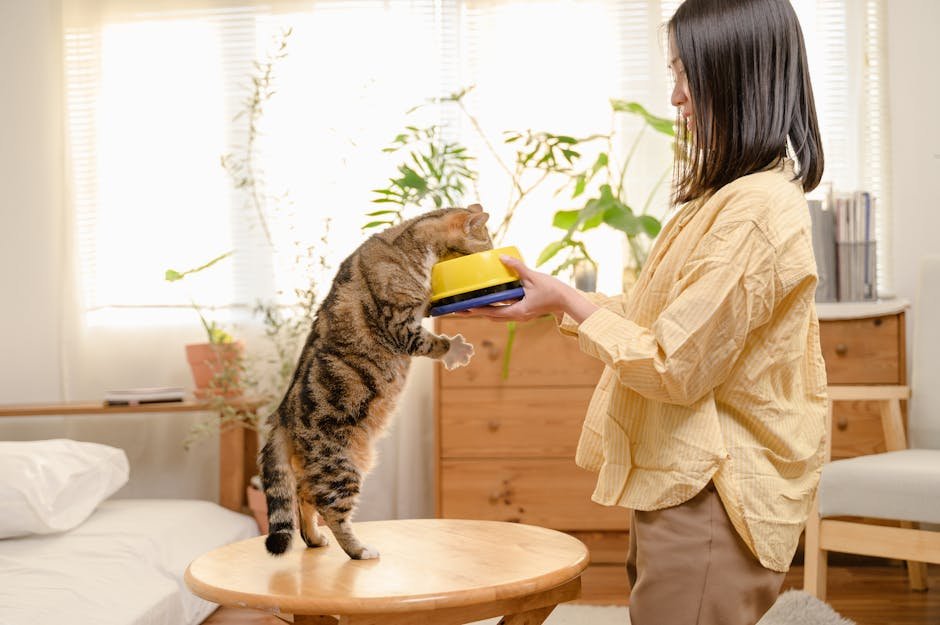
Training techniques can be an effective way to manage separation anxiety in cats. Gradual desensitization, where the owner practices leaving the cat alone for short periods and slowly extends the time, can help the cat adjust. Positive reinforcement, such as offering treats and praise when the cat remains calm, encourages good behavior. These techniques can build the cat’s confidence and reduce anxiety over time.
Seeking Professional Help
In cases where a cat’s separation anxiety becomes severe, professional help may be needed. Veterinarians or animal behaviorists can provide tailored advice and may recommend behavioral therapy or medication. These professionals can offer strategies that are specific to the cat’s needs, helping to alleviate anxiety and improve the cat’s quality of life.
Separation anxiety is a common challenge faced by certain cat breeds, particularly those that are more social and affectionate. By understanding the unique characteristics of these breeds and implementing strategies to manage their anxiety, cat owners can create a supportive environment for their feline companions. Whether through companionship, environmental enrichment, or professional guidance, there are many ways to help cats cope with separation anxiety and lead happy, fulfilling lives.

Hi, I’m Bola, a passionate writer and creative strategist with a knack for crafting compelling content that educates, inspires, and connects. Over the years, I’ve honed my skills across various writing fields, including content creation, copywriting, online course development, and video scriptwriting.
When I’m not at my desk, you’ll find me exploring new ideas, reading books, or brainstorming creative ways to solve challenges. I believe that words have the power to transform, and I’m here to help you leverage that power for success.
Thanks for stopping by, Keep coming to this website to checkout new articles form me. You’d always love it!






